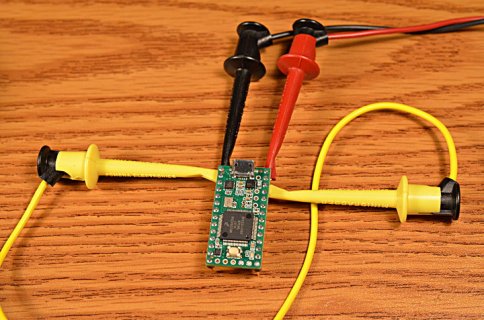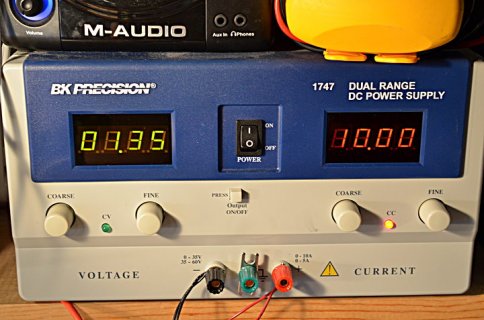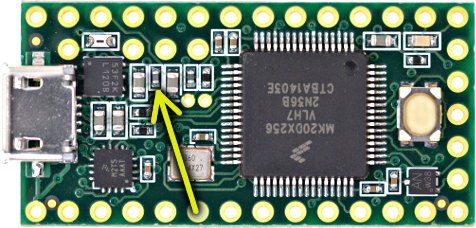Hello!
I have a teensy 3.2 on this kind of board (https://www.digikey.com/en/maker/pr...hookup-guide/240cb1e2abe74be0bf07ff6bb3ef5e1f) and this IC (see circle)
caught on fire.
What is this IC? I couldn't find this information, and I need to know in order to find the cause of the problem.
Thanks for your help,
Best,
Gregory
I have a teensy 3.2 on this kind of board (https://www.digikey.com/en/maker/pr...hookup-guide/240cb1e2abe74be0bf07ff6bb3ef5e1f) and this IC (see circle)

caught on fire.
What is this IC? I couldn't find this information, and I need to know in order to find the cause of the problem.
Thanks for your help,
Best,
Gregory









